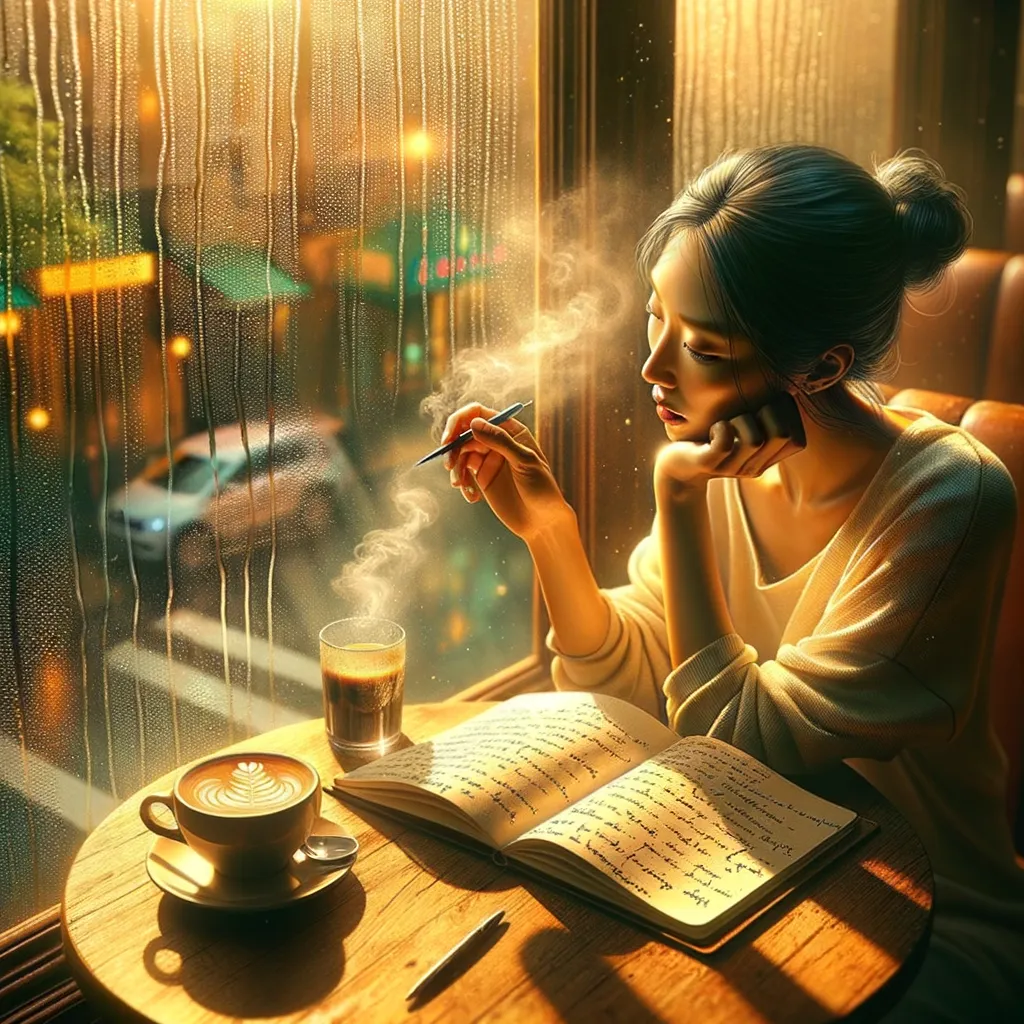Unmasking Identity: A Journey from Stage to Self
In the dim light of backstage, a young performer stood poised on the brink of transformation, surrounded by the intoxicating scent of greasepaint and the electric hum of anticipation. As the curtain lifted, he slipped into the persona of a tormented artist, each line he delivered peeling back layers of his own hidden fears and aspirations, revealing a mirror of his soul. In an unexpected twist, the artist’s struggles echoed his own anxieties, intertwining their narratives and igniting a profound realization about the beauty born from vulnerability. The performance culminated in a moment of raw truth, where creation thrived amidst chaos, leaving the audience—and himself—breathless with newfound hope. Yet, as applause filled the air, a lingering question remained: in shedding his skin for another, had he truly discovered his essence, or merely obscured it beneath the weight of another’s story?
In the memory of May 8, 2001, I found myself standing backstage, the thrum of anticipation vibrating through the wooden floor beneath my feet. The air was thick with the scent of greasepaint and the whispers of unseen characters waiting for their moment in the spotlight. As the curtain hung like a heavy shroud, I felt a peculiar blend of excitement and trepidation. This was not merely a performance; it was a revelation, a journey into the depths of my own identity, cloaked in the guise of another.
The role I was to play was that of a tormented artist, a character woven from the threads of tragedy and brilliance. I had spent weeks studying his life, delving into the nuances of his despair and the flickers of his genius. Each rehearsal peeled back layers of my own psyche, revealing fears and aspirations I had long tucked away. I began to understand that the stage was not just a platform for acting; it was a mirror reflecting the unspoken corners of my soul.
As the lights dimmed and the audience settled, I felt an unexpected thrill of liberation. Here, I could shed my everyday skin and don the cloak of another. The moment I stepped into character, the world around me blurred into insignificance. I was no longer a teenager with insecurities; I was a vessel for raw emotion, a conduit for the stories that yearned to be told. The first lines rolled off my tongue like a river breaking free from its dam, flooding the stage with intensity.
But as the play unfolded, something remarkable happened. My character’s struggles began to intertwine with my own. Each heart-wrenching scene tugged at my heartstrings, revealing the darkness I had tried so hard to ignore. The artist’s fear of failure echoed my own anxieties about the future, while his quest for validation struck a chord that resonated deeply within me. In that moment, I understood the fragility of dreams and the weight of expectations.
The climax of the play came unexpectedly, a moment of realization that left the audience breathless. My character, standing at the precipice of despair, chose to create despite the chaos around him. It was a poignant reminder that beauty often emerges from the ashes of struggle. As I delivered the final lines, I felt an unyielding surge of hope wash over me. In that act of creation, I discovered a powerful truth: vulnerability is not weakness; it is the birthplace of authenticity.
When the curtain fell, applause erupted like a storm, reverberating through the theater and echoing in my heart. I stood there, breathless, soaked in the warmth of acceptance and admiration. Yet, amidst the applause, I felt a strange emptiness, a whisper of doubt lurking in the shadows. Had I truly revealed my essence, or had I merely cloaked it in the guise of another? The question lingered, gnawing at me like a persistent ghost.
In the days that followed, I carried that performance with me like a talisman. It became a compass guiding me through the labyrinth of adolescence, illuminating paths I had yet to explore. I began to embrace my own vulnerabilities, to speak my truth, and to chase dreams that felt both exhilarating and terrifying. The role had gifted me not just insight but a sense of belonging, a connection to something larger than myself.
But life, as it often does, unfolded in unexpected ways. The challenges that emerged post-performance were daunting, laden with pressures and choices that felt insurmountable. The artist’s struggle morphed from a fictional narrative into a stark reality. I faced disappointments and setbacks that threatened to eclipse the light I had just discovered. In those moments, I clung to the lessons learned on that stage, reminding myself that creation often flourishes in the face of adversity.
Years later, as I reflect on that pivotal day, I realize that the stage was a transformative space, a crucible where I began to forge my identity. It revealed not just who I was, but who I could become. The interplay of light and shadow on that fateful night taught me that every role we play, whether on stage or in life, is a stepping stone toward self-discovery. Each character, each struggle, is a fragment of our own narrative waiting to be embraced.
So, as I ponder the journey from that performance to the present day, I am left with a question that reverberates in the silence of my thoughts: How many roles must we play before we uncover the essence of our true selves?
In the theater of life, every role embraced reveals not just a character, but the intricate layers of one’s own soul waiting to be discovered.



